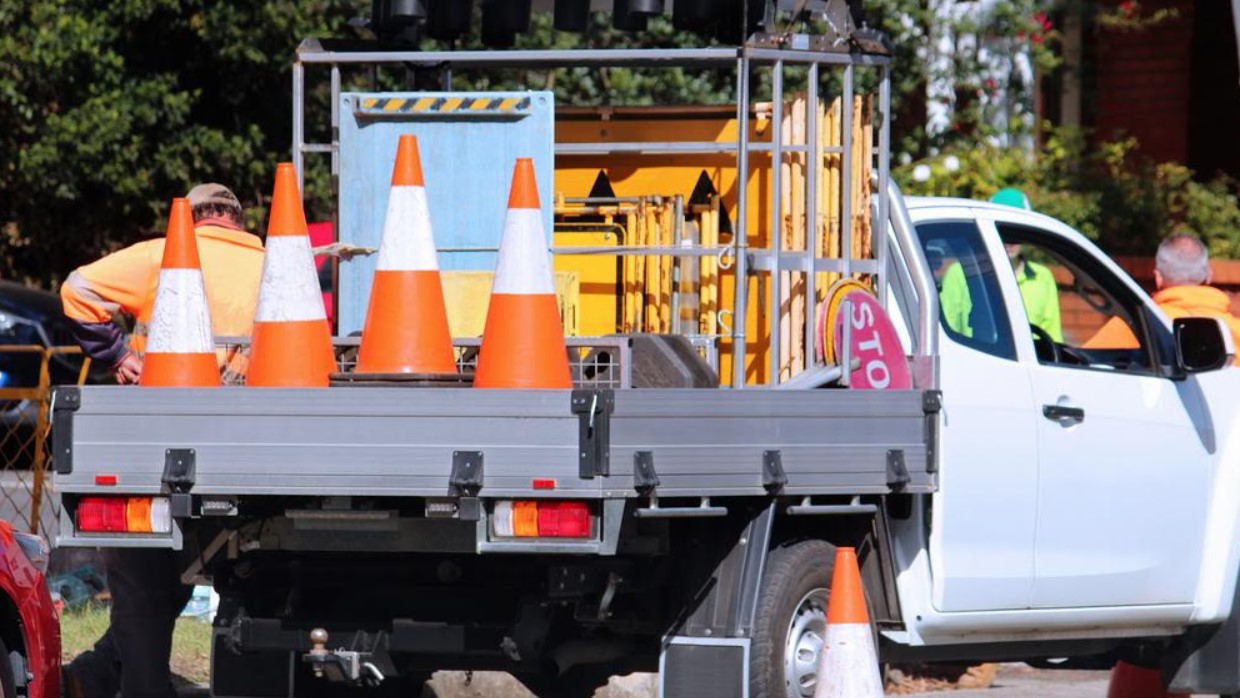
When it comes to tying things down, few tools are as handy as the tie-down strap. A tie-down strap isn’t a piece of rope or a heavy chain. It is not a bungie cord either. It is a webbing strap equipped with some sort of buckle and, in some cases, hooks and loops as well.
As with all tie-down solutions, tie-down straps should be properly maintained and used in accordance with safety standards. Failing to do either one could result in strap failure that leads to property damage, injury, or even death.
Below are some basic safety and maintenance tips compliments of the Rollercam tie-down straps. They all apply equally whether you are using a cam strap, a ratchet strap, or even a recovery strap.
1. Never Use Worn or Damaged Straps
The webbing material tie-down straps are made from is incredibly durable. But it is not failsafe. It doesn’t last forever, either. Before you tie anything down, thoroughly inspect all the straps you intend to use. Never use a strap that shows any wear or damage.
Seriously. There are never any exceptions to this rule. Even a small amount of wear or damage suggests the integrity of a strap has been compromised. It is simply unsafe to take any chances.
2. Frequently Check the Buckles
Tie-down strap buckles come in many different varieties. Most are made with stainless steel or some other metal, but you can find plastic buckles as well. The one thing they all have in common is the need to be checked frequently.
Just as with the straps themselves, never use a buckle that shows any signs of damage. You can minimize wear and tear by regularly cleaning them. If the manufacturer calls for it, routine lubrication is also a good idea.
3. Never Exceed Load Limits
Every tie-down strap has a load limit rating. This rating tells you how much force a strap can withstand before breaking. Never exceed this load limit. If you have to use five straps instead of free to safely tie down a load, do so. The extra work will keep you safe.
4. Straps Should Be Flat When Deployed
Whenever you tied down a load, the straps should lay flat against it. They should not be twisted or rotated to any degree. A twisted or rotated strap cannot be properly tightened, thus compromising its ability the handle the load.
5. Avoid Sharp Objects and Surfaces
It is important to avoid contact between your cam straps and any sharp objects or surfaces. Anything sharp can slice through the strap after you tighten it. Plastic edge protectors or small pieces of cardboard placed between sharp edges and your straps will prevent contact damage.
6. Avoid Leaving Straps in Direct Sunlight
Tie-down strap webbing material is pretty resilient. But even it does not do well with long term exposure to UV light. When your straps are not in use, store them away in a dark place. Avoid letting them sit in direct sunlight for long periods of time.
7. Choose a Reputable Brand
Finally, be wise about your purchase choices. Tie-down straps are one product that adheres to the principle of getting what you pay for. Stick with reputable brands you can research. Avoid generic products whose origins you do not know and cannot trust.
Always remember that tie-down straps are just tools. There is nothing magic about them or their design. Use them properly and you will be fine. Use them improperly and you could put yourself, your family, and your property at risk.



